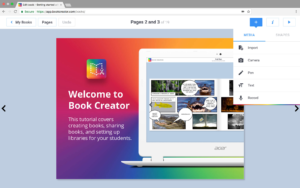Communities
I guess we all agree that it’s vital to give our students the opportunity to use the language outside the classroom as our and their ultimate goal is their ability to use the language in its natural context. Communities standard of American Education proclaims that “students need to use the language both within and beyond the school setting and that they must show evidence of becoming life-long learners by using the language for personal enjoyment and enrichment”.
I believe that Communities combine elements from each of the other goal areas. However, many teachers find Communities to be one of the most challenging areas to teach and that it often receives the least attention in language programs and teacher education.
The Communities Standards may be addressed through many activities, both within and beyond the school setting from travel and study abroad programs to reading books and periodicals or listening to music in the target language; participating in sports or games from the target culture; and more. It has become even easier since the fast development of the Internet. Now we can use Skype, blogs, podcasts, VoiceThread, Facebook, Twitter, wikis, and countless other Web 2.0 tools to facilitate interaction and communication.
I want to share two examples of what we did with my students to address the Community standard.
Postcrossing
Postcrossing is a really simple way to exchange postcards with people around the world. It is also a great way to achieve the usage of the target language outside the classroom. A class account could be registered and used to allow students to send postcards with people around the world. As postcards are sent or received, their destination / location of origin could be identified in atlases / Google Maps / Google Earth. It might also be a good opportunity to find out more about that place, and the history / culture of the people living there.
Favourite music challenge
Is a good way to build group dynamics, to get students to know more about each other and to promote using the language for personal enjoyment and enrichment. All students secretly share with the teacher their favourite English song, which later is played in the classroom in random order. Students need to do a listening task, sing the song and guess whose favourite song it was. This activity can achieve several goals from making students more aware of rhyming, slang or other lexical features of the lyrics to familiarizing them with different music styles or cultural aspects. Moreover, it creates motivation to explore English further outside the class.






